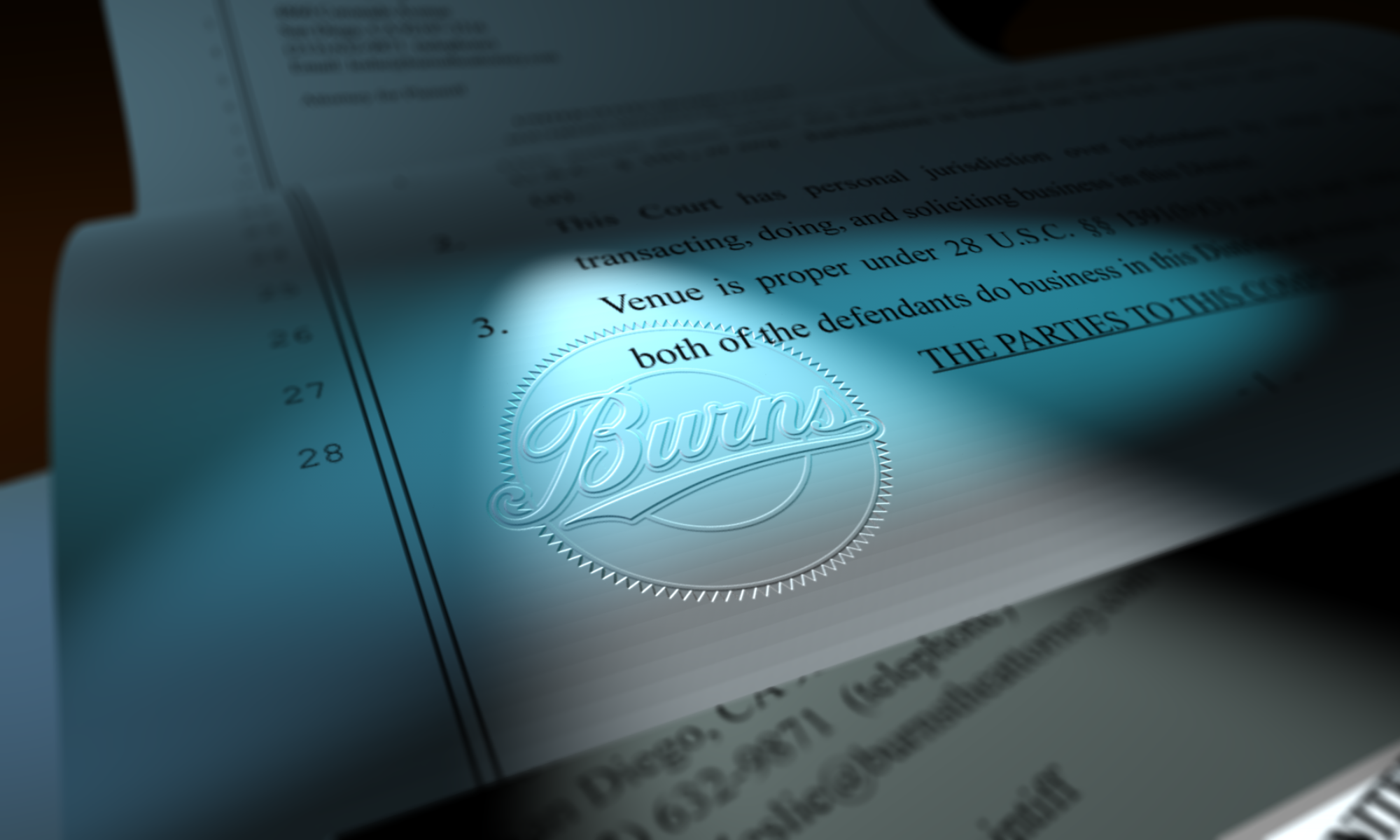There is an old saying that life happens while you’re busy making other plans. I have found this to be profoundly true, generally. It’s a good Buddhist reminder to stay present, but it’s even better at reminding us that no matter how carefully we plan our lives, things will arise that will demand our attention, no matter what plans we have made otherwise. I am currently experiencing one of those moments.
For some time, years actually, I’ve been having some minor medical issues that I have been ascribing to aging and how our bodies are imperfect. Things would flare up now and again and I would treat myself better, then things would go back to a relative normal. Until a few months ago when the things got much more annoying. No amount of breathing, stretching, changes in diet, meditation, laying off running, etc., were working. The pain was ratcheting up and my sleep was getting disturbed, even more than the usual caused by our animals in bed. I virtually never take so much as an Advil, and suddenly I was taking them on the regular. My quality of life took a slow nosedive and, finally, I ended up at my doc’s office. He sent me for a surgical consultation; and, well, next week, I will be getting surgery.
It’s outpatient, but still kind of gnarly and I’m not looking forward to the immediate post-op recovery phase. I don’t like taking meds generally and certainly not strong pain meds which, by all accounts, I will need. I don’t like being reliant on others, not being permitted to drive, and not being permitted to work (pain meds and lawyering do not mix!). But the procedures have a very high success rate, the pain meds will be a short-term thing (hopefully only a couple/few days), and, once fully recovered (which will take time), I should be good as new.
So, what does this have to do with lawyering besides the fact that I will have to take a few days off? Well, not to be morbid but there is a teeny chance I could never wake up or something could go wrong and I, like the cobbler’s son, didn’t have proper shoes. That is, like most of us, I didn’t have some very important legal things taken care of.
I have had my will, a durable power of attorney, and a medical power of attorney completed and sitting on my desk for more than 6 months, waiting to be executed. In California, all of these docs need to be signed in front of and attested to by two disinterested witnesses (that is, people who have no financial incentive like being an inheritor) and it was a minor hassle to get that accomplished. So, the docs just sat there on my desk, waiting to be executed. This impending procedure got me off my ass and, last week, I called two neighbors who agreed to be my witnesses and executed the docs.
Now, like I said, it is very unlikely that any of those docs will be needed soon, but I can go into my procedure knowing that my chosen person will be able to make decisions, if necessary, rather than having a certain pushy relative try to step in and do, most likely, exactly not what I would want; and that my assets won’t go to anyone I don’t want to get them. I can now, generally, sleep at night knowing that I won’t be making my loved ones’ lives more difficult if I get incapacitated or die at any time.
Far too many of us haven’t made plans for our incapacity or death, and we really need to. It’s terrible to love someone and not be able to do what they want, because you don’t have the legal authority. Worse yet, imagine being subject to the medical decisions of your QAnon-kool-aid-drinking parent or sibling because you’re not legally married (making that spouse probably legally able to step in) or you don’t have a proper doc naming a person you trust! Yikes!
So, if you don’t have all your docs in order, including updating them if you have new kids or a new partner since previous drafting, do it now. Trust me, you’ll sleep better.


